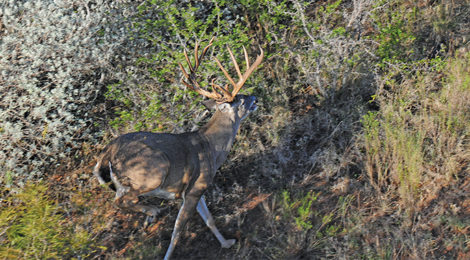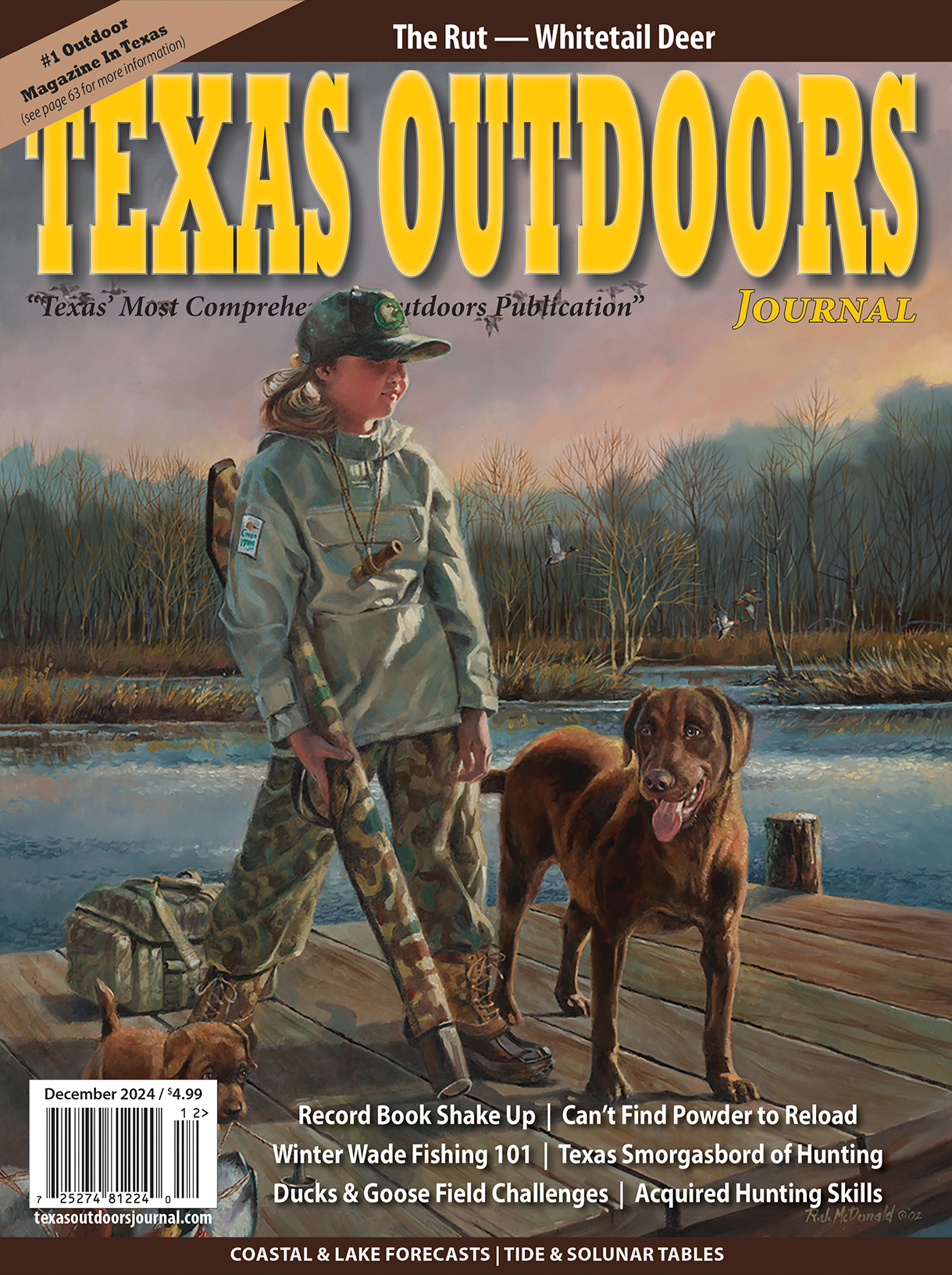
Bucks From Above-2019
TOJ’s Whitetail Editor shares images and stories of the best bucks observed last season.
Story and photography by Bob Zaiglin
Each fall and early winter I am privileged to enjoy a birds-eye view of some of the best deer turf in Texas, spending much of my time in a helicopter obtaining population data required to assist ranch owners I work for in making the correct decisions when it comes to managing the deer on their properties.
Unlike a census where all occupants are accounted for, an aerial survey is simply a snapshot of a deer herd because a number of animals go unobserved. This is particularly the case for those older, larger-racked bucks that we all hope to see. In order to observe an animal from the aircraft, they almost always have to move, but some of those old wraiths are reticent, maybe even educated and remain bedded, thus hard if not impossible to see.
Even so, the helicopter represents a viable population survey tool, representing the most rapid means of data gathering available to a South Texas biologist. It’s also enjoyable, oftentimes representing the most exciting event of the year for many landowners, particularly those dedicated to maximizing the size of those calcified appendages we all cherish.
Another important benefit of an aerial survey is that it provides experienced observers with an opportunity to view habitat condition, including water status. It also enables an observer to gather population data on other important inhabitants such as quail, turkey, javelina, predators and hogs. Once tabulated and compared on an annual basis, the data represents trend information pertaining to age class structure, sex ratio, and survival of fawns, as well as changes in predator status, all of which can be adjusted through harvest recommendations.








